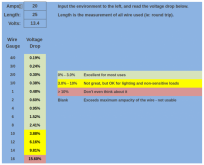You don't indicate the state of charge of the battery. With a 13.7 volt charge setting and a battery in a high state of charge it won't accept full current and the current will gradually fall. This seemed to be what you are seeing.
Provided you set the voltages for input conditions you have, I suggest everything is working correctly. With a higher input voltage the conversion process is more efficient with less heat generated. There should not be a problem with the 18A unit but the 30A unit is a slight fail from Victron. It runs too hot and, as said, needs a fan to maintain full output.
The indicated voltage difference between the smart shunt and the charger may be due to a poor connection. Victron have had some problems with the inline fuse in the shunt sence wire, replace with a new 1 amp fuse.
I can't see from the pictures where this is connected, usually direct the on the battery positive. ( and the red cable on the negative confused me).
Mike






